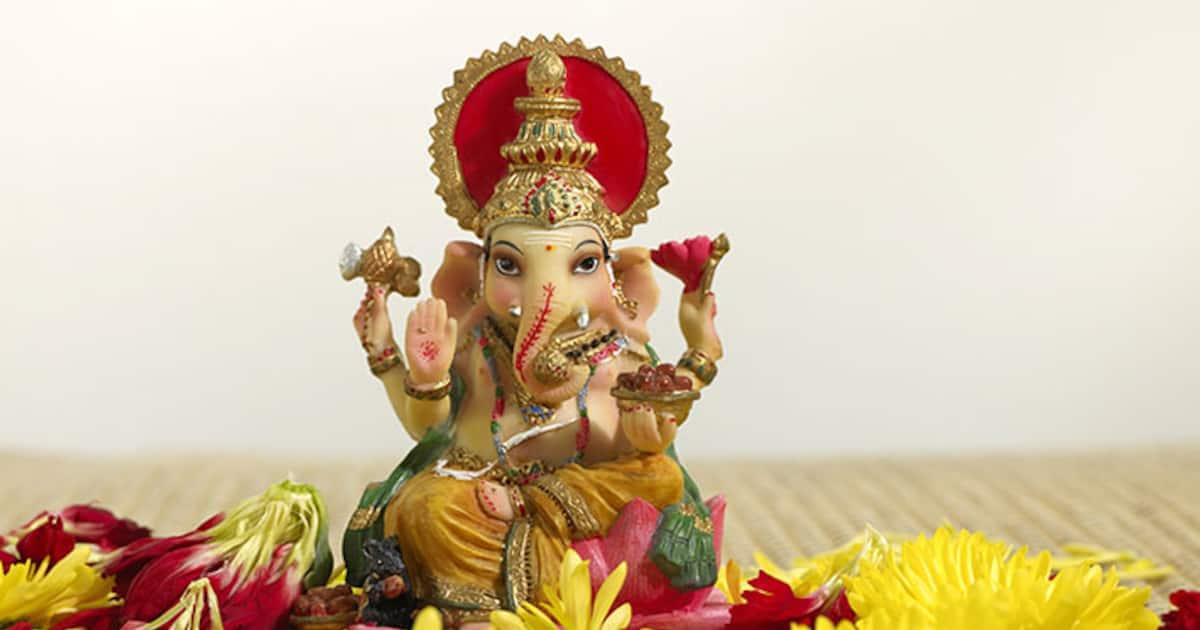(MENAFN- AsiaNet News) India, a land steeped in spirituality and tradition, is home to a myriad of temples that bear witness to its deep-rooted religious heritage. Among these, the Ashtavinayak Ganesh Temples hold a special place, representing not only devotion but also a fascinating tapestry of history and culture. These sacred sites are dedicated to Lord Ganesha, the elephant-headed deity revered as the remover of obstacles and the harbinger of good fortune.
The term "Ashtavinayak" translates to "eight Ganeshas," and these temples are scattered across the picturesque state of Maharashtra. Each temple is not only a testament to architectural marvel but also a repository of intriguing legends and folklore.
History of the Ashtavinayak Ganesh Temples
The history of the Ashtavinayak Ganesh Temples is a tapestry woven with threads of myth, legend, and spirituality. These temples find their roots in ancient scriptures and texts, dating back centuries. The concept of Ashtavinayak, or eight Ganeshas, was established to create a pilgrimage circuit in the state of Maharashtra. It is believed that this spiritual journey was introduced by the great saint Morya Gosavi in the 14th century.
The temples themselves have seen multiple reconstructions and renovations over the centuries, with each dynasty and era leaving its mark on their architecture and design. The blend of various architectural styles, from Hemadpanti to Yadava, showcases the rich historical tapestry of Maharashtra. These temples have stood the test of time, witnessing the rise and fall of empires, yet remaining a symbol of unwavering faith and devotion.
Culture Associated with the Ashtavinayak Ganesh Temples
The Ashtavinayak Ganesh Temples are not just places of worship; they are cultural landmarks that epitomize the essence of Maharashtrian heritage. Pilgrims from all walks of life, regardless of caste or creed, embark on this spiritual journey, fostering a sense of unity and inclusivity. The pilgrimage is often accompanied by traditional Maharashtrian music, dance, and cuisine, making it a vibrant cultural experience.
Furthermore, the temples serve as hubs for festivals and celebrations, with Ganesh Chaturthi being the most prominent. During this festival, the Ashtavinayak Temples come alive with elaborate decorations, processions, and the chanting of hymns, creating an atmosphere of pure devotion and joy. The cultural significance of these temples extends beyond religious boundaries, making them an integral part of Maharashtra's cultural fabric.
Significance of the Ashtavinayak Ganesh Temples
The Ashtavinayak Ganesh Temples hold profound significance in the lives of devotees. Lord Ganesha, being the remover of obstacles, is worshipped here with immense devotion and faith. Each temple represents a unique aspect of the deity's persona and grants specific blessings. For example, Siddhatek bestows spiritual enlightenment, while Mahad fulfills wishes. This significance attracts thousands of pilgrims who seek the divine intervention of Lord Ganesha to overcome challenges in their lives.
Moreover, these temples serve as a spiritual anchor, connecting individuals to their cultural roots and instilling a sense of pride and belonging. The legends associated with each temple are not just stories but moral lessons that guide people on their journey through life. The Ashtavinayak Ganesh Temples are not just religious landmarks; they are timeless symbols of faith, culture, and the enduring spirit of Maharashtra.
Here's a list of the 7 most famous Ashtavinayak temples:
Moreshwar Temple (Morgaon): Located in the quaint village of Morgaon, the Moreshwar Temple is the starting point of the Ashtavinayak Yatra. It is believed that this temple holds the essence of Ganesha's first incarnation, Mayureshwar, and its significance dates back to ancient scriptures.
Siddhivinayak Temple (Siddhatek): Nestled on the banks of the Bhima River, the Siddhivinayak Temple exudes serenity and peace. It is believed that Lord Ganesha here bestows his devotees with Siddhi, or spiritual enlightenment, making it a vital stop on the pilgrimage.
Ballaleshwar Temple (Pali): The Ballaleshwar Temple in Pali celebrates the devotion of young devotee Ballal, who pleased Lord Ganesha with his unwavering faith. The temple's exquisite architecture and the story behind it are a testament to the enduring power of faith.
Varadavinayak Temple (Mahad): Varadavinayak Temple in Mahad is renowned for granting the blessings of Lord Ganesha in the form of fulfillment of wishes. The temple's stone idol of Ganesh, carved out of a single rock, is a marvel of ancient craftsmanship.
Chintamani Temple (Theur): The Chintamani Temple at Theur signifies Lord Ganesha's role as a wish-fulfilling deity. Devotees flock to this sacred site, seeking relief from their troubles and worries.
Girijatmaj Temple (Lenyadri): Situated amidst the lush surroundings of Lenyadri, the Girijatmaj Temple is unique as it is carved into a mountain cave. It is dedicated to Lord Ganesha's form as Parvati's son and is an architectural masterpiece.
Vighnahar Temple (Ozar): The Vighnahar Temple in Ozar is believed to be where Lord Ganesha vanquished the demon Vighnasura, symbolizing the triumph of good over evil. The temple's grandeur and the historical significance of the battle make it an essential pilgrimage destination.
These Ashtavinayak Ganesh Temples serve as a spiritual odyssey, connecting devotees to their roots, their faith, and their cultural heritage.
ALSO READ: Janmashtami 2023: 7 top Krishna Bhajans for uplifting spiritual mood























Comments
No comment